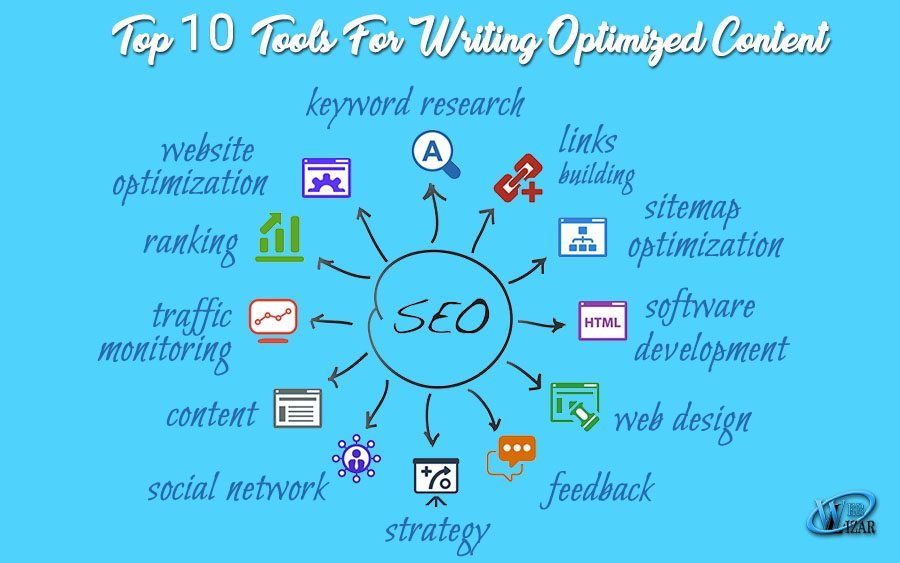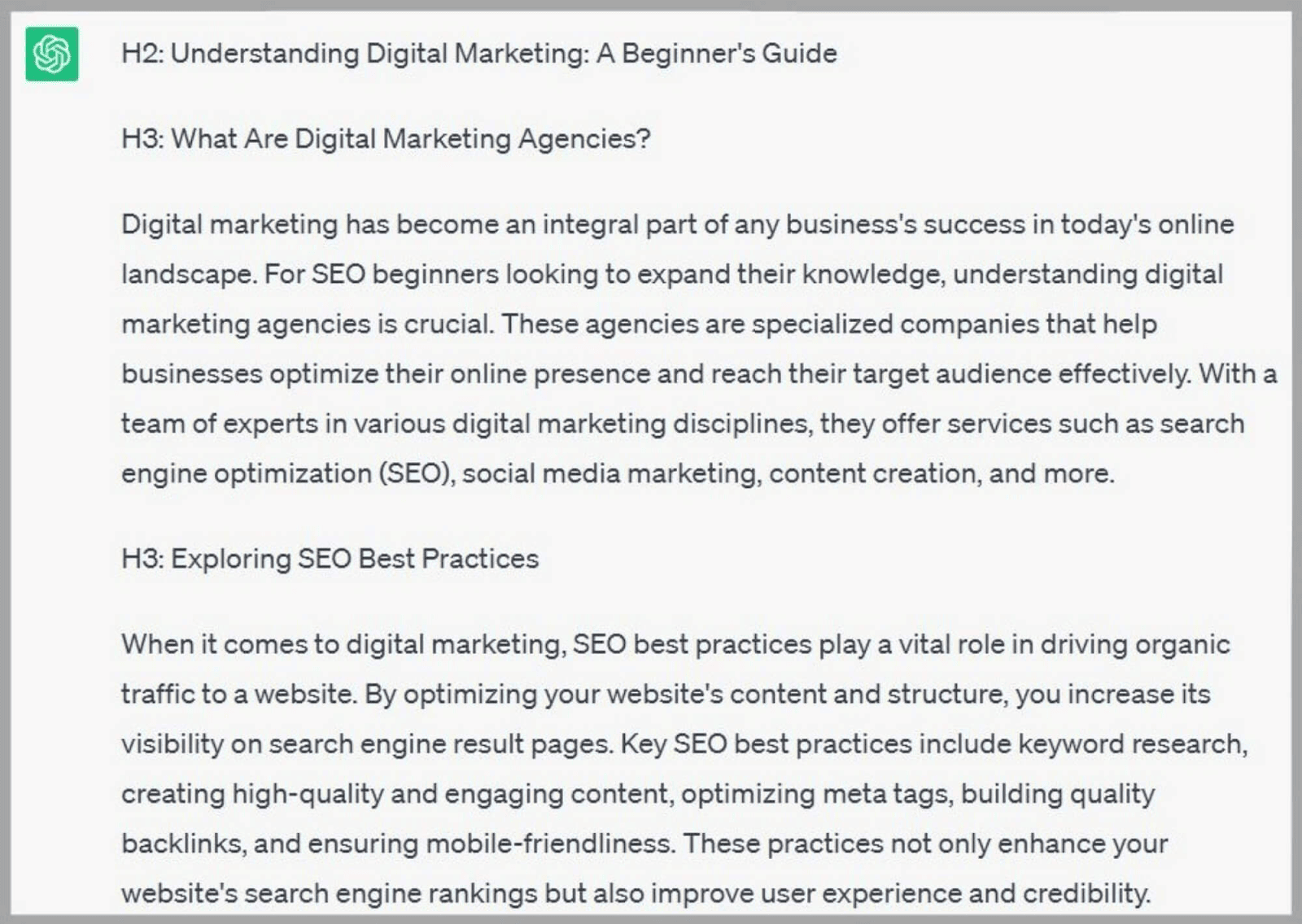Thinking Outside package: Leveraging Non-traditional Tools to Optimize Google Analytics Efficiency
In the world of digital marketing, the quest for boosted Google Analytics efficiency has become a tactical important for businesses looking for to improve their on-line presence. Traditional methods typically drop short in catching the full spectrum of consumer interactions and habits. By discovering unconventional mediums as methods of information collection, a new realm of possibilities emerges. These undiscovered territories use a wide range of untapped understandings that can possibly transform the way we comprehend and maximize our digital strategies.
Distinct Information Sources

CRM systems, for instance, can give understandings into specific client interactions, acquisition history, and preferences, which can be incorporated with Google Analytics data to develop more personalized advertising approaches. Social media site systems use important information on individual demographics, interests, and involvement metrics, enabling businesses to determine the performance of their social media projects and maximize content for better performance. Email advertising and marketing data, including open prices, click-through rates, and conversion metrics, can also be leveraged to track individual interaction and behavior past site communications recorded by Google Analytics. By leveraging these distinct information sources, organizations can refine their techniques, improve targeting efforts, and improve total Google Analytics performance.
Social Media Site Insights

In addition, social media analytics tools enable businesses to track essential performance indicators, screen campaign efficiency, and gauge the effect of their on-line activities. Comprehending the demographics of followers, determining preferred web content styles, and reviewing engagement degrees can assist services customize their advertising and marketing techniques for better outcomes.
Offline Marketing Combination
Integrating offline advertising methods with digital analytics can boost general campaign efficiency and provide a much more extensive understanding of consumer actions. what is not considered a default medium in google analytics. By linking the void between online and offline initiatives, organizations can track the influence of typical marketing channels such as print ads, television commercials, click this direct-mail advertising, and occasions on their online existence

Furthermore, applying telephone call radar for offline advertising and marketing activities makes it possible for companies to catch important data on consumer questions produced with printed advertisements or materials (what is not considered a default medium in google analytics). By analyzing phone call data along with on-line metrics in Google Analytics, organizations can gain deeper insights right into the customer journey and optimize marketing strategies for improved efficiency throughout all channels
IoT and Wearable Modern Technology
Using IoT and wearable technology in digital analytics can change data collection and consumer understandings for organizations seeking a much deeper understanding of individual actions patterns. These ingenious innovations provide a seamless method to gather real-time data from numerous touchpoints. IoT tools can track user interactions with solutions or products, offering valuable info on use patterns and preferences. Wearable technology, such as smartwatches or fitness trackers, can provide understandings into customer tasks, wellness metrics, and even location data.
Gamification Strategies
The execution of gamification approaches in electronic analytics provides a cutting-edge strategy to enhancing individual engagement and driving actionable insights for services. By including game-like elements such as factors, badges, leaderboards, and awards right into the analytics interface, business can motivate users to engage a lot more regularly and meaningfully with the information.
Gamification encourages individuals to discover different features of the analytics system, uncovering valuable understandings that may have or else gone unnoticed. Through interactive challenges and progress tracking, users are incentivized to dive much deeper right into see this here the information, resulting in raised time spent on the platform and a greater probability of uncovering key fads or patterns.
Furthermore, gamification can cultivate a feeling of competitors among users, spurring them to pursue higher performance and interaction levels. This competitive spirit can drive increased individual adoption rates and a much more thorough application of the analytics tools available. Ultimately, by leveraging gamification methods click this link in digital analytics, organizations can create a much more engaging and effective environment for customers, leading to even more informed decision-making and improved general efficiency.
Final Thought
To conclude, leveraging unconventional tools such as distinct information sources, social media insights, offline advertising assimilation, IoT and wearable technology, and gamification strategies can maximize Google Analytics efficiency. By assuming outside the box and checking out these different sources of information, organizations can obtain beneficial understandings and improve their overall marketing strategies. It is very important for firms to constantly explore new ways to collect information and evaluate it in order to stay ahead in the ever-evolving digital landscape.
By incorporating data from resources such as consumer relationship monitoring (CRM) systems, social media platforms, and email advertising campaigns, companies can obtain a much more thorough understanding of their audience actions and interaction patterns. Social media systems offer valuable information on user demographics, rate of interests, and involvement metrics, enabling services to gauge the effectiveness of their social media campaigns and maximize material for better efficiency. By leveraging these distinct information sources, businesses can refine their approaches, boost targeting efforts, and enhance overall Google Analytics efficiency.
Discovering social media insights can offer businesses with beneficial information on user demographics, interests, and engagement metrics, permitting for educated decision-making and strategic optimization of marketing efforts. By believing outside the box and exploring these alternate resources of data, businesses can acquire useful understandings and improve their total advertising and marketing methods.